Research demonstrates the potentially game-changing thermoplastic resin material for marine applications at a meaningful scale.
Water Power Technologies Office
March 9, 2022Marine Energy Program
Foundational R&D
Project Name: Manufacturing and Testing of Thermoplastic Composite Turbine Blades
Project Team: National Renewable Energy Laboratory (lead) and Verdant Power
Lead Recipient Location: Arvada, Colorado, and New York, New York

In June 2021, Verdant Power, a U.S. tidal energy company, announced it had produced more power than any other marine energy project in the United States to date, but that was not the only first for this project. In collaboration with Verdant Power, researchers from the National Renewable Energy Laboratory (NREL) constructed and validated the performance and durability of thermoplastic composite blades on Verdant Power’s tidal turbines in New York City’s East River. This was the first time thermoplastic composite blades had been applied to a large-scale tidal power turbine. These materials have the potential to revolutionize the marine energy industry by improving performance and sustainability, and can make the manufacturing process faster and more energy efficient.
In October 2020, Verdant Power’s TriFrame mount, which holds three three-bladed underwater tidal turbines, was installed at the Roosevelt Island Tidal Energy project site in New York City’s East River. With strong tidal currents that change direction multiple times per day, the river offers an ideal location for demonstrating the performance of marine energy turbines. During their first six months in the water, the tidal turbines, which featured thermoset epoxy resin blades, generated more than 275 megawatt-hours of energy—a U.S. record for marine energy production.
The project’s next step was to determine how the same tidal turbines would perform with thermoplastic composite blades. Using blade tooling and geometry details provided by Verdant Power, NREL researchers working at the lab’s Composites Manufacturing Education and Technology Facility produced full-scale thermoplastic composite blades nearly identical to the traditional thermoset epoxy blades initially used on the TriFrame mount.
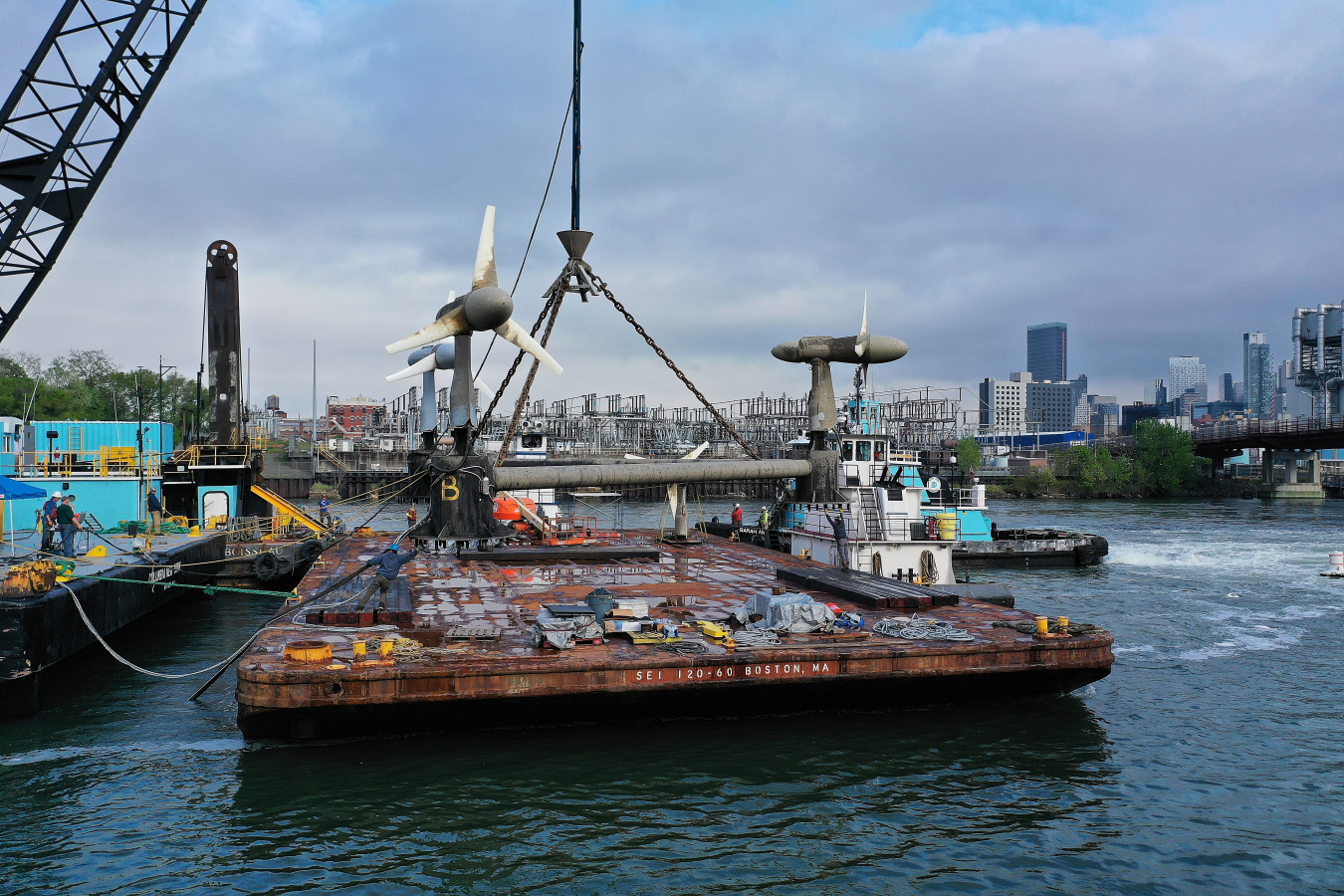
In May 2021, Verdant Power performed a retrieve-and-replace operation, during which one of the turbine rotors was replaced with a rotor comprising three thermoplastic blades manufactured by the National Renewable Energy Laboratory. Photo courtesy of Drone Altitude
By swapping one set of the thermoset epoxy resin blades in the TriFrame mount with thermoplastic composite blades manufactured by NREL, researchers could compare the underwater performance of each type of blade. Thermoplastic composite blades have shown improved structural properties when submerged and have the potential to be recycled and reused at the end of their lives. The research will confirm whether the innovative thermoplastic composite blades experience less structural degradation in water than traditional thermoset epoxy resin blades.
In May 2021, the Verdant Power team raised the TriFrame out of the river and replaced the thermoset epoxy resin blades on one of the tidal turbines with three new, NREL-manufactured thermoplastic composite blades. In October 2021, the Verdant Power team once again raised the TriFrame out of the river—this time retrieving NREL’s thermoplastic composite blades. During the underwater deployment, the thermoplastic composite blades produced the same amount of energy as the thermoset epoxy resin blades.
Next, the team will measure the blades’ structural properties to determine the impact of seawater on the thermoplastic materials. NREL’s research demonstrates the potentially game-changing thermoplastic composite material for marine applications at a meaningful scale.
Foundational R&D Projects
-
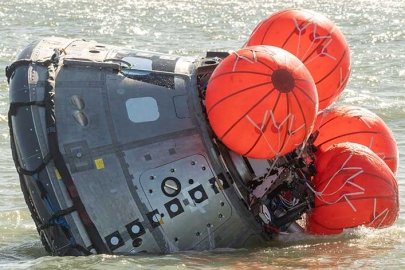 Open-Source Wave Energy WEC-Sim Software Receives R&D 100 Award and Contributes to Space ExplorationThe open-source WEC-Sim software is recognized with a 2021 R&D 100 Award, while researchers at NASA and Lockheed Martin apply the software to help ensure the safety of the future crew of the Artemis I mission.
Open-Source Wave Energy WEC-Sim Software Receives R&D 100 Award and Contributes to Space ExplorationThe open-source WEC-Sim software is recognized with a 2021 R&D 100 Award, while researchers at NASA and Lockheed Martin apply the software to help ensure the safety of the future crew of the Artemis I mission. -
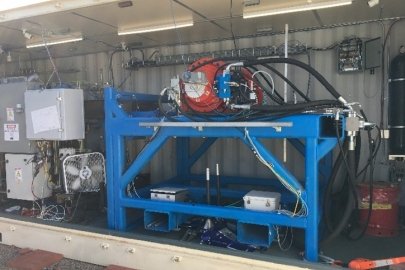 Sandia Wave Energy Power Take-Off Lab provides its first simulations for an industry partner, AquaHarmonics, leveraging its unique capabilities to evaluate performance on the wave energy converter device in advance of open-ocean testing in Hawaii.
Sandia Wave Energy Power Take-Off Lab provides its first simulations for an industry partner, AquaHarmonics, leveraging its unique capabilities to evaluate performance on the wave energy converter device in advance of open-ocean testing in Hawaii. -
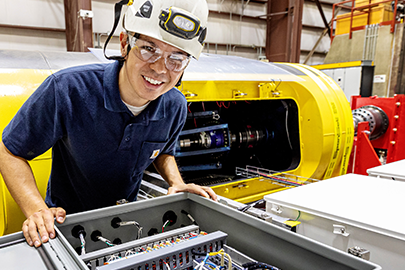 Researchers at the National Renewable Energy Laboratory outfitted the SeaRAY autonomous offshore power system with a customized Modular Ocean Data Acquisition system, which will allow handlers to control the device from afar and collect real-time data.
Researchers at the National Renewable Energy Laboratory outfitted the SeaRAY autonomous offshore power system with a customized Modular Ocean Data Acquisition system, which will allow handlers to control the device from afar and collect real-time data. -
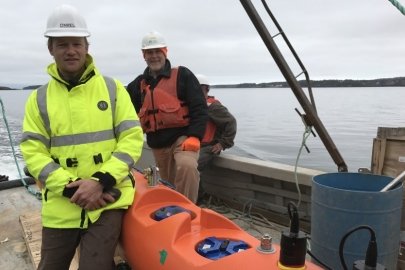 A multilab team of researchers identifies renewable marine energy resource potential and continues to refine these assessments as resources are further developed.
A multilab team of researchers identifies renewable marine energy resource potential and continues to refine these assessments as resources are further developed. -
 The Virtual Seedling Water Power Innovation R&D Showcase brought together more than 40 researchers to provide details and insight into innovations funded through the WPTO Seedlings program, a novel effort funding advancements in marine energy.
The Virtual Seedling Water Power Innovation R&D Showcase brought together more than 40 researchers to provide details and insight into innovations funded through the WPTO Seedlings program, a novel effort funding advancements in marine energy.
WPTO's Marine Energy e-newsletter shares news and updates on tools, analysis, and emerging technologies to advance marine energy.
The WPTO e-newsletter brings funding opportunities, events, publications, hydropower, and marine energy updates directly to your inbox.


